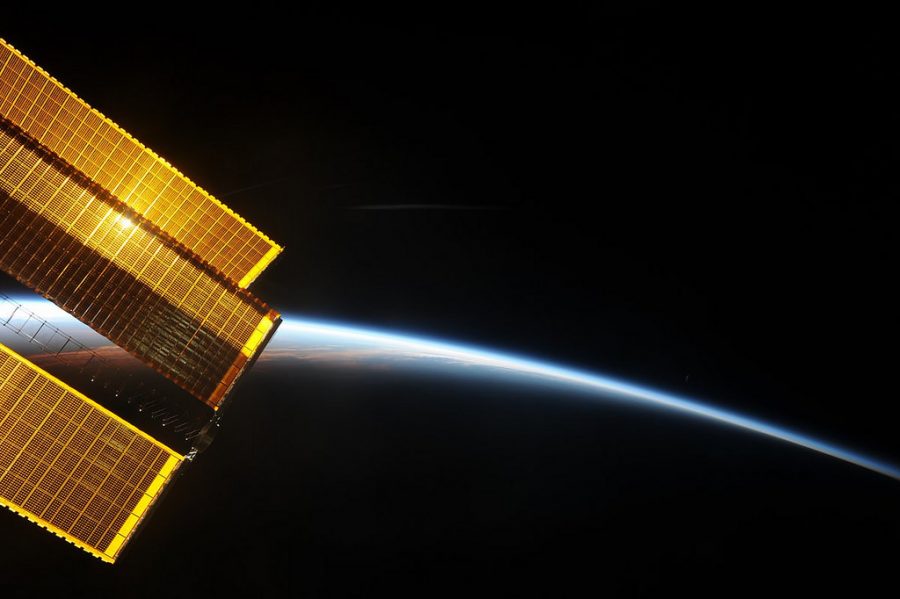Chinese Space Station Tiangong-1 is reported to be falling back on Earth. This has raised concerns about the 8-ton space station’s landing site since it remains undetermined. An announcement made by Chinese officials stated that despite most parts of the station may burn during the fall, some denser parts like the spacecraft’s engine components may not be incinerated.
Populated areas have a low risk of getting hit
In 2016, China announced that the Tiangong-1 space station would make an uncontrolled return to earth, outraging space reporters and experts despite the low probabilities of any danger to individuals across the globe. The mere possibility of danger according to specialists “seems like too much”.
For some, there is comfort in knowing that the odds of being hit by space junk are of 1 is one in a trillion and the Tiangong-1 is not going to increase these odds by much, according to the nonprofit organization Aerospace Corporation. In average, most people won’t have to be especially concerned about being hit by the Tiangong-1.
According to analysts, the most probable landing site for spacecraft remains will be in the sea, as the Earth consists of a 71 percent water surface. However, another reason to remain calm is that despite this 71 percent of safe landing on the sea, only 29 percent of our planet is inhabited.
China’s official response to Tiangong-1 crash
The commotion surrounding the Tiangong-1 started in 2016 when Chinese officials stated that the spacecraft was “out of control.” This is a fairly reasonable cause to be frightened, but there are theories that claim that the most probable crash site will be in the surroundings of New Zealand.
China stated at the United Nation’s Peaceful Uses of Outer Space Committee “The probability of endangering and causing damage to aviation and ground activities is very low, China will make strict arrangements to track and closely monitor Tiangong-1 in its orbital development and will publish a timely forecast of its re-entry.”
Estimated date and landing of Tiangong-1
Scientists from the Aerospace Corporation revealed an estimated date and landing zone for the space station in their latest report. The day is most likely April 3rd, and Southern Africa, South America, Tasmania, the U.S, northern Spain and the Middle East are the pinpointed regions with higher chances to host the landing.
Despite the uncertainty, scientists have managed to share a graphic designed with zones of higher and lower probabilities of debris landing, which means that indeed there are safe zones.
Source: ESA



